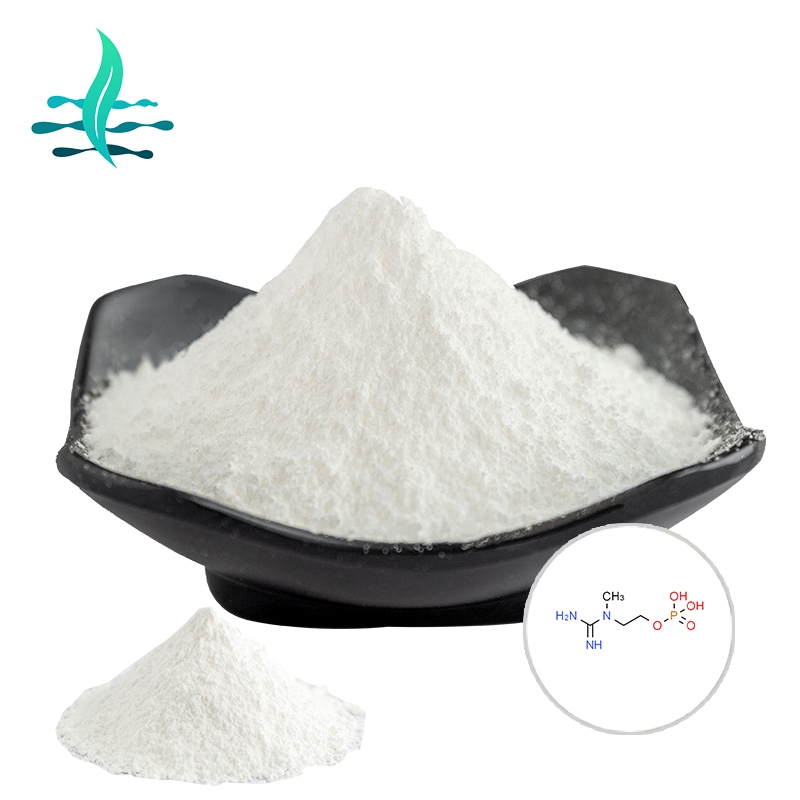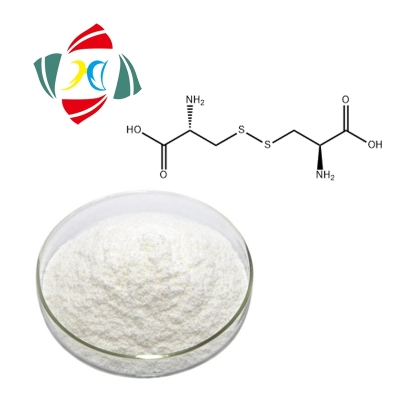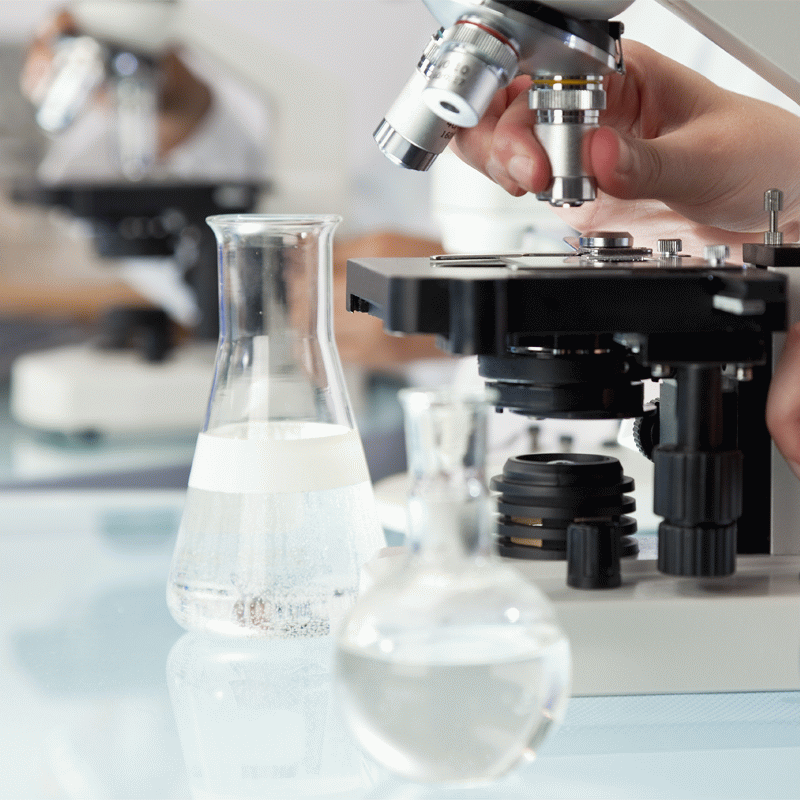-
Categories
-
Pharmaceutical Intermediates
-
Active Pharmaceutical Ingredients
-
Food Additives
- Industrial Coatings
- Agrochemicals
- Dyes and Pigments
- Surfactant
- Flavors and Fragrances
- Chemical Reagents
- Catalyst and Auxiliary
- Natural Products
- Inorganic Chemistry
-
Organic Chemistry
-
Biochemical Engineering
- Analytical Chemistry
- Cosmetic Ingredient
-
Pharmaceutical Intermediates
Promotion
ECHEMI Mall
Wholesale
Weekly Price
Exhibition
News
-
Trade Service
Red yeast rice is a kind of food coloring agent (food coloring) that has been used in China for more than 1,000 years and is still widely used, and it is also the only natural food coloring
produced by microbial fermentation in the world.
Red yeast rice contains many natural beneficial ingredients, such as Monacolin K, which inhibits cholesterol synthesis, and unsaturated fatty acids, which help maintain healthy serum concentrations, but it is also said that the metabolite Citri?nin produced by Monascus is a carcinogen
.
So, which statement is true?
Ruan Guangfeng, director of the Science and Technology Communication Department and deputy research librarian of Kexin Food and Health Information Exchange Center, said in an interview with China Consumer News that the efficacy ingredients in red yeast and the content of orange penicillin are actually very low, and the red yeast in the daily diet will not be as miraculous as some "popular science" propaganda, nor will it cause carcinogenic risks
to the body.
At the same time, China's relevant national standards also make limits on the amount of orange penicillin in red yeast pigment, and red yeast can be safely and safely eaten
.
Ruan Quang Feng said that red yeast rice, also known as red yeast red, red yeast mold, red yeast rice, is made of rice, soybeans as the main raw materials to make liquid culture medium, after liquid fermentation and cultivation of Monascus erygillus, and then extracted, concentrated, refined, can also use red yeast rice as raw materials, after extraction, concentration, refining
.
Red yeast can give food a rosy and bright color, and it has good stability, and it is naturally produced during the fermentation process, so it has been used as a natural pigment for a long time
.
Yogurt, curd, jam, candy, squeezed vegetables, biscuits, instant noodles, potato chips, beverages and other foods can be used in appropriate amounts according to production needs
.
Red yeast is often promoted as a healthy food
.
In 1979, the Japanese discovered an active substance that can inhibit cholesterol synthesis, Monacolin K (monacolin), from Monascus rubensis, and developed the cholesterol-lowering drug lovastatin
based on this.
Since then, scientists have found more active ingredients
in red yeast such as ergosterol (which can be converted to vitamin D in the body), γ-aminobutyric acid, and more.
Relevant scientific research has also confirmed that some substances in red yeast rice have certain anti-cancer, hypoglycemic, lipid-lowering and blood pressure functions
.
However, the content of these functional ingredients is not high, so whether it is a normal diet or a health food based on red yeast, it will not be as miraculous
as some merchants claim.
On the other hand, the fermentation process of Monascus koregigs may produce trace amounts of toxic substances, such as orange penicillin
, which has a certain degree of renal toxicity, carcinogenicity and teratogenic effects.
But it should also be noted that the content of orange penicillin in red yeast is actually very low
.
At present, China's food industry has screened out excellent varieties of Monascus that do not produce orange penicillin, and reduced the production of orange penicillin by improving the production
process.
At the same time, China's relevant national standards also make limits on the amount of orange penicillin in red yeast pigment
.
As long as the products containing red yeast are purchased from formal channels, you can eat
them with confidence.
Related articles







